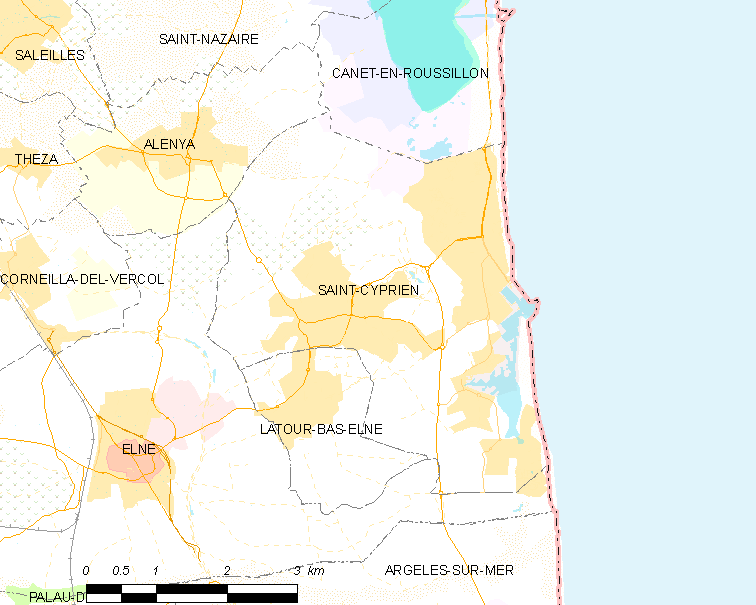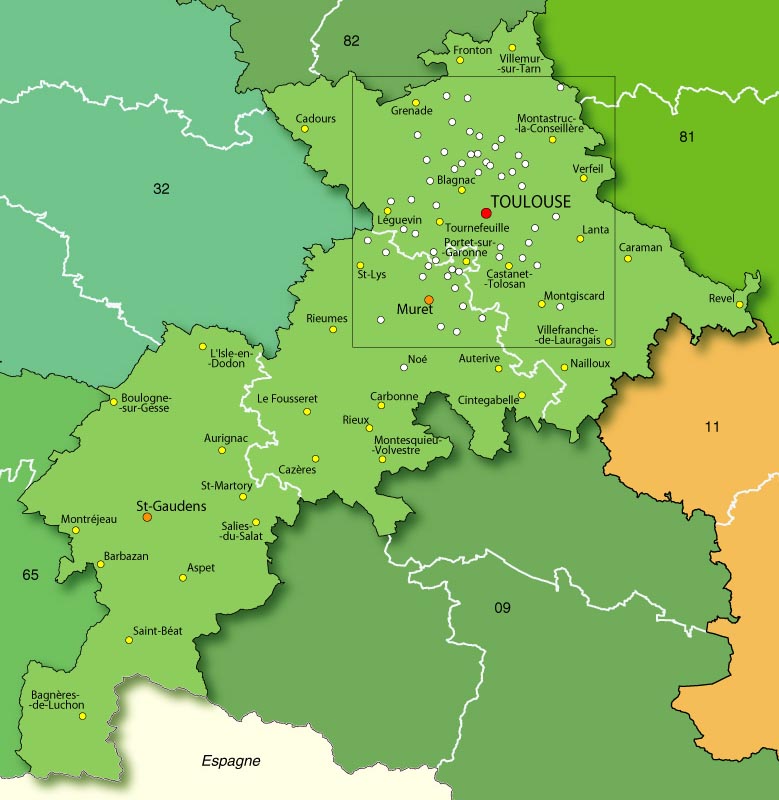|
Abraham Rajchmann
Abraham Rajchmann (born 24 September 1902 in Dziurków, Poland) was a Jewish Polish career criminal and revolutionary militant, expert forger and engraver who worked for Soviet intelligence from 1934. Through his contact with Communist International, Comintern official Léon Grossvogel, he was recruited into a Soviet espionage group initially in Belgium that was being run by Leopold Trepper, that would later be called the Red Orchestra (espionage), Red Orchestra ("Rote Kapelle") by the Abwehr, during the Nazism, Nazi period. Rajchmann used a number of aliases to disguise his identity, including Adam Blanssi, Arthur Roussel, Katenmann, Fabrikant and Max. Communist Rajchmann was a member of the Communist International (Comintern) ''Pass-Apparat'', an industrial scale identity document forging operation, that was started in Berlin in 1919–1920 and eventually had offices all over Europe. For much of the 1930s, Rajchmann worked as an agent for the Comintern. In 1937, Rajchmann was ... [...More Info...] [...Related Items...] OR: [Wikipedia] [Google] [Baidu] |
Dziurków
Dziurków is a village in the administrative district of Gmina Solec nad Wisłą, within Lipsko County, Masovian Voivodeship, in east-central Poland. It lies approximately north-west of Solec nad Wisłą, east of Lipsko, and south-east of Warsaw Warsaw, officially the Capital City of Warsaw, is the capital and List of cities and towns in Poland, largest city of Poland. The metropolis stands on the Vistula, River Vistula in east-central Poland. Its population is officially estimated at .... References Villages in Lipsko County {{Lipsko-geo-stub ... [...More Info...] [...Related Items...] OR: [Wikipedia] [Google] [Baidu] |
Tournai
Tournai ( , ; ; ; , sometimes Anglicisation (linguistics), anglicised in older sources as "Tournay") is a city and Municipalities in Belgium, municipality of Wallonia located in the Hainaut Province, Province of Hainaut, Belgium. It lies by road southwest of the centre of Brussels on the river Scheldt, and is part of Eurometropolis Lille–Kortrijk–Tournai, In 2022, the municipality of Tournai had an estimated population of 68,518 people. Tournai is one of the oldest cities in Belgium and has played an important role in the country's cultural history. It was the first capital of the Francia, Frankish Empire, with Clovis I being born here. Geography Tournai lies by road southwest of the centre of Brussels on the river Scheldt. Administratively, the town and municipality is part of the Hainaut Province, Province of Hainaut, in the Wallonia region of southwest Belgium. The municipality has an area of . Tournai has its own Arrondissements of Belgium, arrondissements, both ad ... [...More Info...] [...Related Items...] OR: [Wikipedia] [Google] [Baidu] |
Self-Portrait With Key At Camp St
Self-portraits are portraits artists make of themselves. Although self-portraits have been made since the earliest times, the practice of self-portraiture only gaining momentum in the Early Renaissance in the mid-15th century that artists can be frequently identified depicting themselves as either the main subject, or as important characters in their work. With better and cheaper mirrors, and the advent of the panel portrait, many painters, sculptors and printmakers tried some form of self-portraiture. ''Portrait of a Man in a Turban'' by Jan van Eyck of 1433 may well be the earliest known panel self-portrait. He painted a separate portrait of his wife, and he belonged to the social group that had begun to commission portraits, already more common among wealthy Netherlanders than south of the Alps. The genre is venerable, but not until the Renaissance, with increased wealth and interest in the individual as a subject, did it become truly popular. [...More Info...] [...Related Items...] OR: [Wikipedia] [Google] [Baidu] |
The Marais
The Marais (Le Marais ; "the marsh") is a historic district in Paris, France. It spreads across parts of the 3rd arrondissement of Paris, 3rd and 4th arrondissement of Paris, 4th Arrondissements of Paris, arrondissements on the Rive Droite, or Right Bank, of the Seine. Having once been an aristocratic district, it is home to many buildings of historic and architectural importance. It lost its status as a fashionable district in the late 18th century, with only minor nobles calling the area home. After the French Revolution, the district fell into disrepair and was abandoned by nobility. After a long period of decay, the district has undergone transformation in recent years and is now once again amongst the more fashionable areas of Paris, known for its art galleries, upscale restaurants and museums. History Paris aristocratic district In 1240, the Order of the Temple, Knights Templar built a fortified church just outside the walls of Paris, in the northern part of the Ma ... [...More Info...] [...Related Items...] OR: [Wikipedia] [Google] [Baidu] |
Bordeaux
Bordeaux ( ; ; Gascon language, Gascon ; ) is a city on the river Garonne in the Gironde Departments of France, department, southwestern France. A port city, it is the capital of the Nouvelle-Aquitaine region, as well as the Prefectures in France, prefecture of the Gironde department. Its inhabitants are called "''Bordelais'' (masculine) or "''Bordelaises'' (feminine). The term "Bordelais" may also refer to the city and its surrounding region. The city of Bordeaux proper had a population of 259,809 in 2020 within its small municipal territory of , but together with its suburbs and exurbs the Bordeaux Functional area (France), metropolitan area had a population of 1,376,375 that same year (Jan. 2020 census), the sixth-most populated in France after Paris, Lyon, Marseille, Lille, and Toulouse. Bordeaux and 27 suburban municipalities form the Bordeaux Métropole, Bordeaux Metropolis, an Indirect election, indirectly elected Métropole, metropolitan authority now in charge of wi ... [...More Info...] [...Related Items...] OR: [Wikipedia] [Google] [Baidu] |
Demarcation Line (France)
The French demarcation line was the boundary line marking the division of Metropolitan France into the territory German military administration in occupied France during World War II, occupied and administered by the German Army (''Zone occupée'') in the northern and western part of France and the ''Zone libre'' (Free zone) in the south during World War II. It was created by the Armistice of 22 June 1940 after the fall of France in May 1940. The path of the demarcation line was specified in the Articles of the Armistice. It was also called the green line because it was marked green on the joint map produced at the Armistice Convention. In German, the line is known as the ''Demarkationslinie'', often shortened to ''Dema-Linie'' or even ''Dema''. Papers were required in order to cross the line legally, but few had this privilege. The demarcation line became moot in November 1942 after the Germans crossed the line and invaded the Free Zone in Operation Anton. After this, all of ... [...More Info...] [...Related Items...] OR: [Wikipedia] [Google] [Baidu] |
Malvina Gruber
Malvina Gruber, née Hofstadterova (born 6 December 1900 in Jamborkretz, Czechoslovakia) was a Jewish Communist International, Comintern agent, who was part of a Soviet intelligence network in Belgium and France, that was later called the Red Orchestra (espionage), Red Orchestra ("Rote Kapelle") by the Abwehr, during Nazism, Nazi regime. Gruber worked as a cutout (espionage), cutout, but her specialism was couriering people across borders. From 1938 to 1942, Gruber worked as assistant to Soviet agent Abraham Rajchmann, a forger, who provided identity papers, e.g. the Kennkarte, ''Carte d'identité'' and travel permits, for the espionage group. At the beginning of 1942, she was arrested in Brussels by the Abwehr. Life Malvina Gruber, née Hofstadjerova, was married to the Czech-Hungarian Adolphe Gruber and had six children. Her husband Adolphe had been a businessman in Czechoslovakia but fled to Britain as a Jewish refugee in 1939 via Belgium. World War II Trepper group In 19 ... [...More Info...] [...Related Items...] OR: [Wikipedia] [Google] [Baidu] |
Toulouse
Toulouse (, ; ; ) is a city in southern France, the Prefectures in France, prefecture of the Haute-Garonne department and of the Occitania (administrative region), Occitania region. The city is on the banks of the Garonne, River Garonne, from the Mediterranean Sea, from the Atlantic Ocean and from Paris. It is the List of communes in France with over 20,000 inhabitants, fourth-largest city in France after Paris, Marseille and Lyon, with 511,684 inhabitants within its municipal boundaries (2022); its Functional area (France), metropolitan area has a population of 1,513,396 inhabitants (2022). Toulouse is the central city of one of the 22 Métropole, metropolitan councils of France. Between the 2014 and 2020 censuses, its metropolitan area was the third fastest growing among metropolitan areas larger than 500,000 inhabitants in France. Toulouse is the centre of the European aerospace industry, with the headquarters of Airbus, the SPOT (satellites), SPOT satellite system, ATR ( ... [...More Info...] [...Related Items...] OR: [Wikipedia] [Google] [Baidu] |
Armistice Of 22 June 1940
The Armistice of 22 June 1940, sometimes referred to as the Second Armistice at Compiègne, was an agreement signed at 18:36 on 22 June 1940 near Compiègne, France by officials of Nazi Germany and the French Third Republic. It became effective at midnight on 25 June. Signatories for Germany included Wilhelm Keitel, a senior military officer of the Wehrmacht (the German armed forces), while those on the French side held lower ranks, including general Charles Huntziger. Following the decisive German victory in the Battle of France, the armistice established a German occupation zone in Northern and Western France that encompassed about three-fifths of France's European territory, including all English Channel and Atlantic Ocean ports. The remainder of the country was to be left unoccupied, although the new regime that replaced the Third Republic was mutually recognised as the legitimate government of all of Metropolitan France except Alsace–Lorraine. The French were also p ... [...More Info...] [...Related Items...] OR: [Wikipedia] [Google] [Baidu] |
Roussillon
Roussillon ( , , ; , ; ) was a historical province of France that largely corresponded to the County of Roussillon and French Cerdagne, part of the County of Cerdagne of the former Principality of Catalonia. It is part of the region of ''Northern Catalonia'' or ''French Catalonia'' (the former used by Catalan-speakers and the latter used by French-speakers), corresponding roughly to the present-day southern French ''département'' of Pyrénées-Orientales (with Roussillon, Upper Cerdagne, Capcir, Vallespir, Conflent, and Fenouillèdes) in the former region of Languedoc-Roussillon (today Occitania (administrative region), Occitanie). History The name ''Roussillon'' is derived from Ruscino (Rosceliona, Castel Rossello), a small fortified place near modern-day Perpignan where Gaulish chieftains met to consider Hannibal's request for a conference. The region formed part of the Roman province of Gallia Narbonensis from 121 BC to AD 462, when it was ceded with the rest of Sep ... [...More Info...] [...Related Items...] OR: [Wikipedia] [Google] [Baidu] |
Saint-Cyprien, Pyrénées-Orientales
Saint-Cyprien (; ) is a Communes of France, commune in the Pyrénées-Orientales Departments of France, department in southern France. Geography History In the 20th century Saint-Cyprien was the site of a camp housing some 70,000 Republican faction (Spanish Civil War), Republican escapees from Spain at the end of the Spanish Civil War. They were held in very poor conditions, in open spaces enclosed by barbed wire, from which they were not allowed to leave. During the Second World War it was used to intern people before they were sent to extermination camps.Letter from my uncle Government and politics Mayors Population and society Population Sports The main spectator sport in the town is Rugby league, while surfing, snorkeling and boat racing are also popular. See also *Communes of the Pyrénées-Orientales department References Communes of Pyrénées-Orientales Populated coastal places in France {{PyrénéesOrientales-geo-stub ... [...More Info...] [...Related Items...] OR: [Wikipedia] [Google] [Baidu] |
Haute-Garonne
Haute-Garonne (; , ; ''Upper Garonne'') is a department in the southwestern French region of Occitanie. Named after the river Garonne, which flows through the department. Its prefecture and main city is Toulouse, the country's fourth-largest. In 2019, it had a population of 1,400,039.Populations légales 2019: 31 Haute-Garonne INSEE History Haute-Garonne is one of the original 83 departments created during the French Revolution on 4 March 1790. It was created from part of the former provinces of and |









